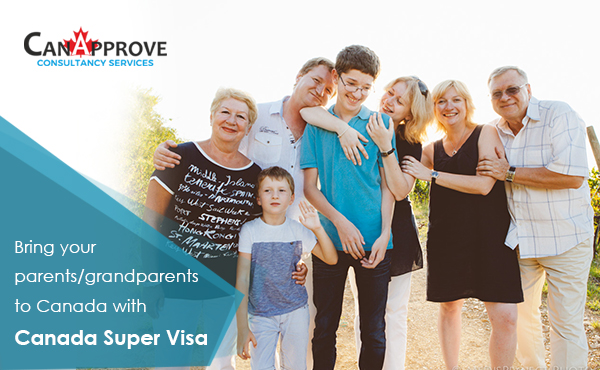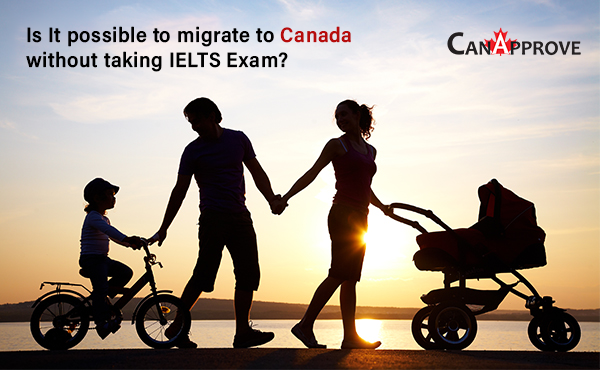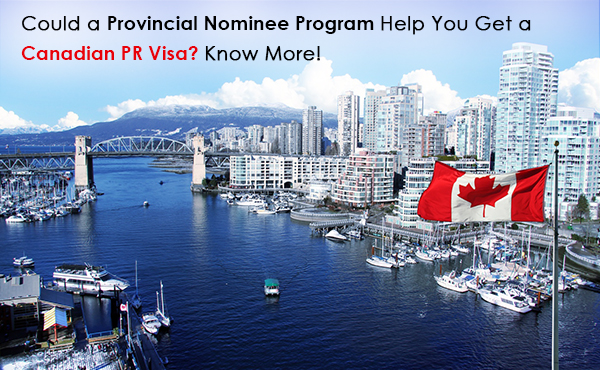Canada has always been welcoming immigrants under its various immigration programs and has set even higher immigration goals to meet. With over one million plus immigrants planned to be to taken in by 2021, the Canadian government is taking all necessary steps to ensure the same. The Canadian Immigration programs are known for its efficient processing methods. One such noteworthy thing is the National Occupational Classification Code without which a lot of immigrants would have been struggling to migrate right now!
“A National Occupational Classification Code is nothing but a four-digit code which is unique and assigned to occupations in the Canadian Labour Market”
Canada has an endless number of job opportunities which at times make it difficult for immigrants to list out their profession or for IRCC to process the immigrant’s applicants. As a result came into existence the NOC code which is a four-digit code assigned to every single job in the Canadian market along with the job description, making it easy for applicants to find their profession.
How Do You Understand the NOC Codes?
Sometimes, understanding the NOC codes could be quite difficult which is why we have explained to you how it works. Consider the below NOC Code:
3142 Physiotherapists
It should be noted that NOC codes do follow a formula which makes it easy for you to understand. In the above-mentioned NOC code, the first digit 3 represents the skill type, whereas the second digit 1 refers to the Skill Level of the occupation.
The Canadian Labour Market has ten types of skills (the first digit of the NOC code) from which applicants would choose their field of work. Below listed are the ten Skill types of the Canadian Market:
0 – Management Occupations
1 – Business, Finance & Administration Occupations
2 – Natural & Applied Sciences and Related Occupations
3 – Health Occupations
4 – Occupations in Education, Law & Social, Community & Government Services
5 – Occupations in Art, Culture, Recreation & Sport
6 – States & Service Occupations
7 – Trades, Transport & Equipment Operators and Related Occupations
8 – Natural Resources, Agriculture & Related Production Occupations
9 – Occupations in Manufacturing & Utilities
The second digit represents the Skill level of the occupation. The skill levels of the Canadian Labour Market are being explained below:
NOC Type 0 – This skill level usually contains the managerial occupations in different industries
NOC Type A – This skill level usually requires a university education and the numbers that represent this skill level are 0 & 1.
NOC Type B – This skill level usually requires a college education or apprenticeship training and the digits that represent this skill level are 2 & 3 respectively.
NOC Type C – This skill level requires secondary school and/or occupation-specific training and the digits that represent this are 4 & 5.
NOC Type D – Immigrants will usually be given on-the-job training and the digits that represent this are 6 & 7.
Remember that when you are looking for a skilled worker employment offer, your occupation’s code number should meet the following conditions:
- The first digit must be 0.
- If the first digit is not 0, the second digit must be the between 0 & 3.
The National Occupational Classification Code plays an important role in the immigration process and stands as one of the important factors which decide whether you will be receiving an Invitation to Apply or not. So, it is quite important that you understand the importance of the NOC Codes and choose your code with assistance from reliable immigration experts!
Are you still confused about finding out your National Occupational Classification Code? Maybe we can help you out! Get in touch with one of our expert educational consultants get a free counseling and an eligibility assessment to migrate to Canada now!
















